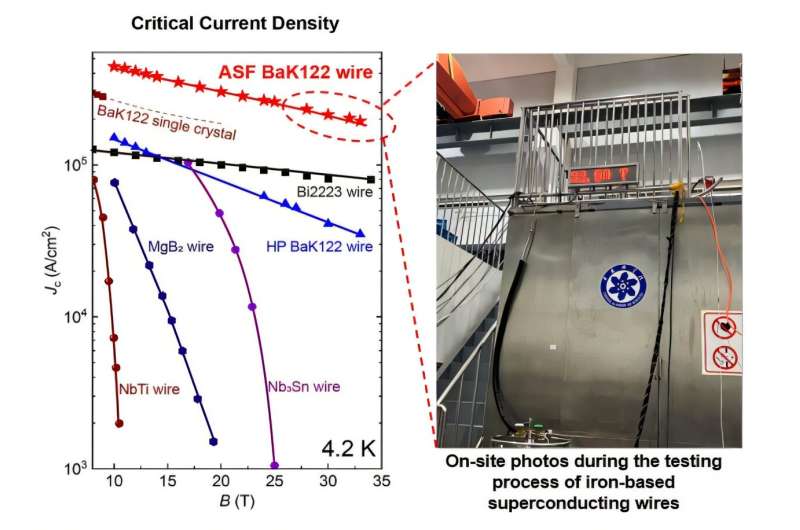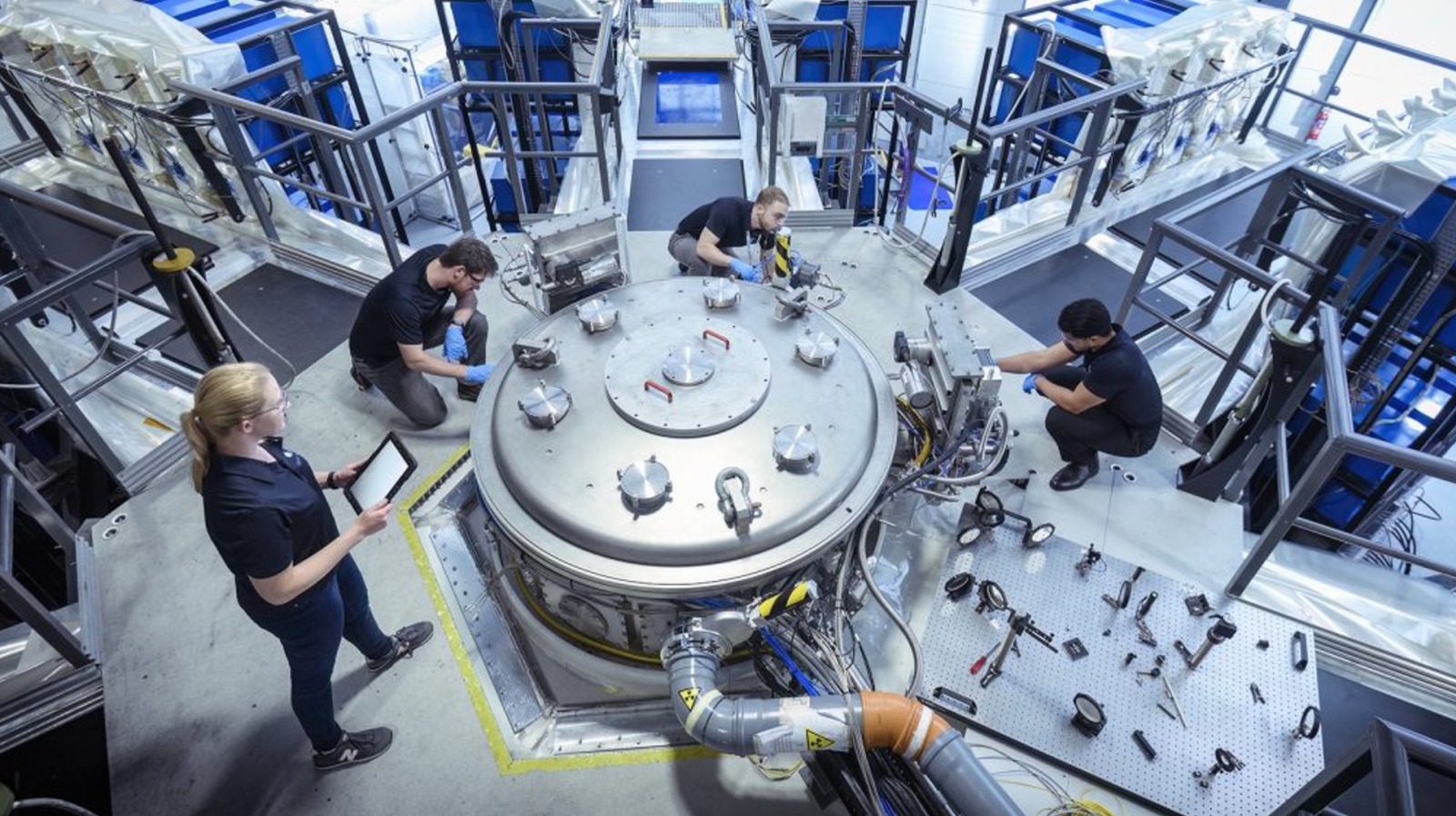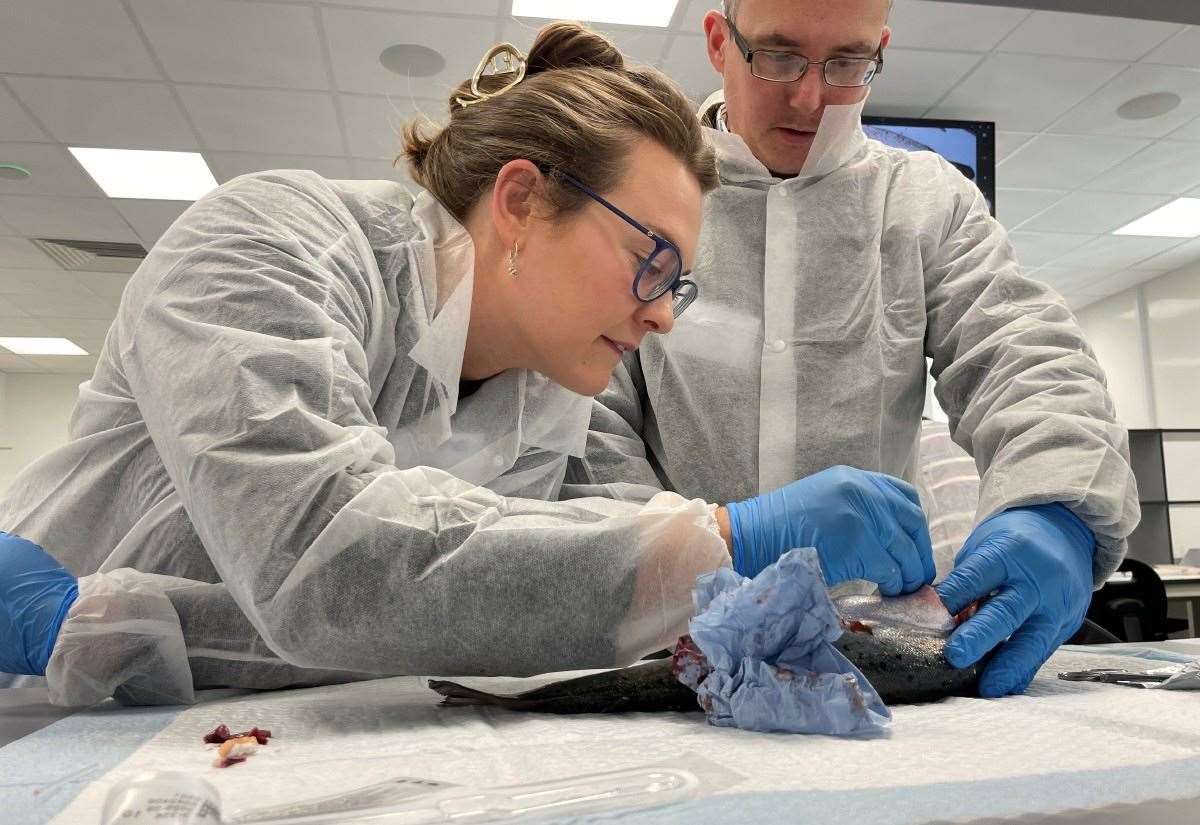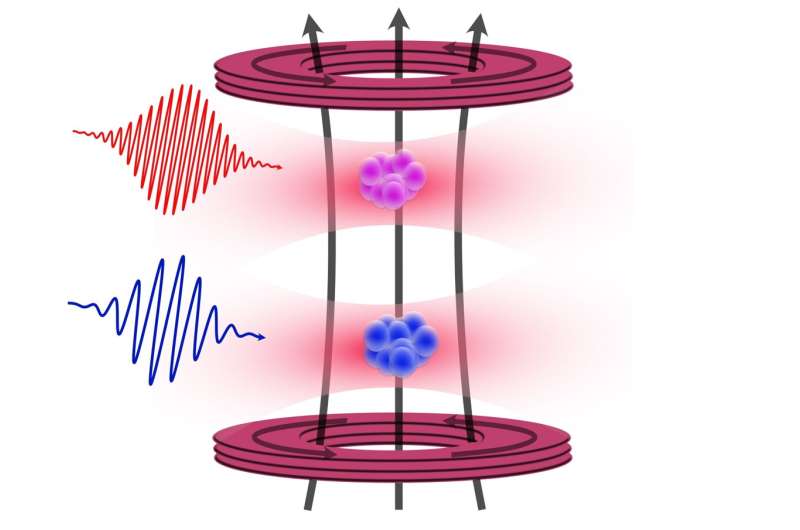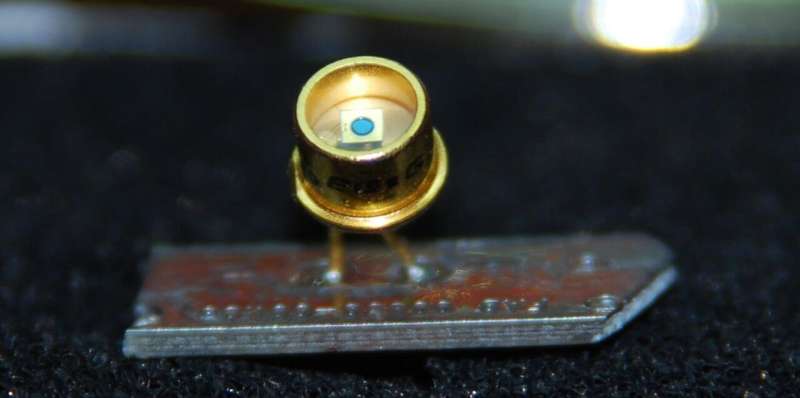A research team led by Prof. Ma Yanwei from the Institute of Electrical Engineering (IEE) of the Chinese Academy of Sciences (CAS) has achieved a significant milestone in the field of superconductivity. Their innovative breakthrough, which enhances the current-carrying performance of iron-based superconducting wires, was published on November 5, 2025, in the journal Advanced Materials.
The team utilized a novel strategy to engineer high-density flux pinning centers by applying an asymmetric stress field. This method was significantly supported by the Steady High Magnetic Field Facility (CHMFL) at the Hefei Institutes of Physical Science, where the WM5 water-cooled magnet provided the essential experimental conditions to validate the wires under extreme magnetic fields.
Iron-based superconductors are critical for advanced technologies, including particle accelerators, fusion devices, and magnetic resonance imaging systems. They possess high critical fields, low anisotropy, and are cost-effective. However, their brittle crystal structures pose challenges in creating the dense flux pinning centers necessary for transmitting large lossless currents.
In this study, researchers implemented an innovative technique involving asymmetric stress fields. By using scalable extrusion technology, they effectively controlled hydrostatic pressure and shear stress to induce localized lattice slip and twisting in the rigid crystal structure. This process generated a high density of dislocations, which were optimized through heat treatment to create an ordered array of flux pinning centers.
The results of their research are striking. The critical current density (J c) of the engineered wires saw a dramatic increase. At 10 tesla (T), J c surged from 1.5×105 A/cm2 to 4.5×105 A/cm2. At 30 tesla (T), it reached 2.1×105 A/cm2, which is five times higher than previous benchmarks, thereby establishing a new global record for iron-based superconducting wires.
“The testing of these high-performance wires required magnetic fields exceeding 30 T, which was made feasible by the resources at CHMFL,” explained Prof. Ma. “The WM5 water-cooled magnet provided the crucial experimental environment to verify the wires’ current-carrying capabilities, ensuring the reliability of our breakthrough.”
This research opens a new, cost-effective avenue for developing high-performance iron-based superconducting wires. It is expected to accelerate the practical application of these materials in cutting-edge high-field technologies, paving the way for advancements in various scientific fields.
For further details, refer to the study by Meng Han et al., titled “Asymmetric Stress Engineering of Dense Dislocations in Brittle Superconductors for Strong Vortex Pinning,” published in Advanced Materials (2025). DOI: 10.1002/adma.202513265.

